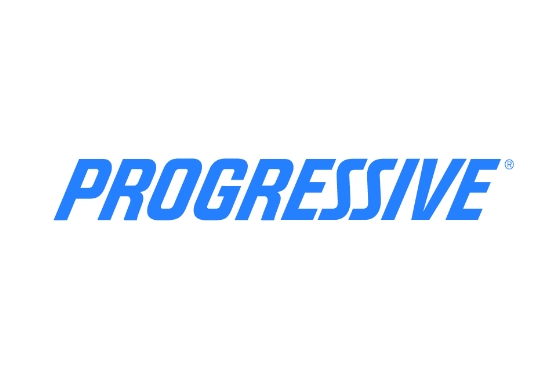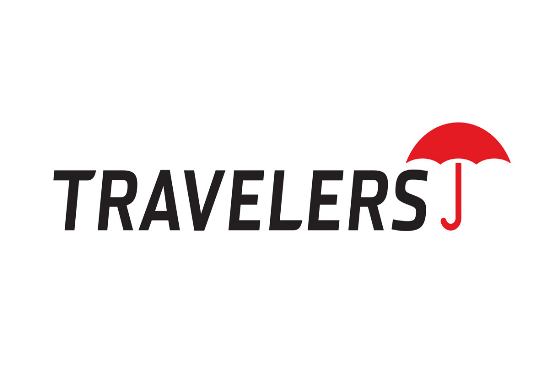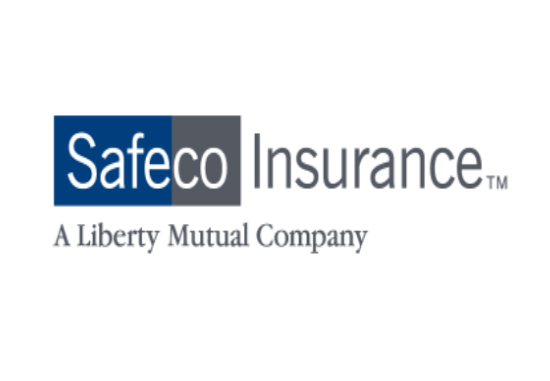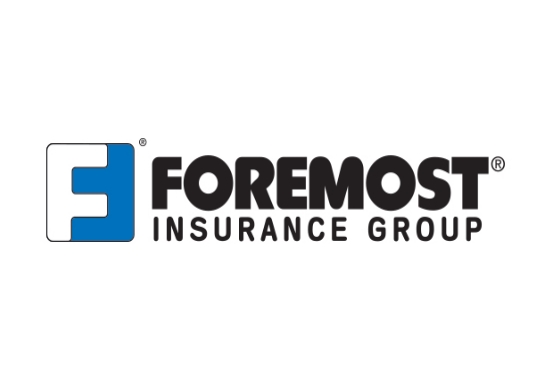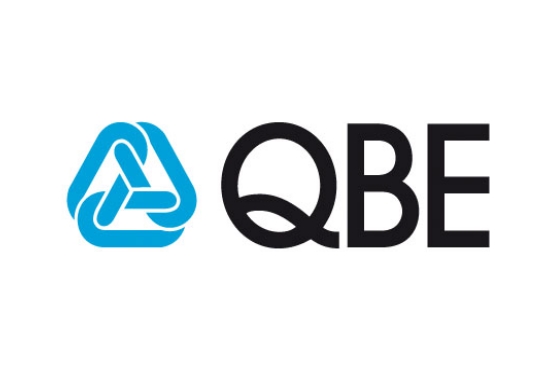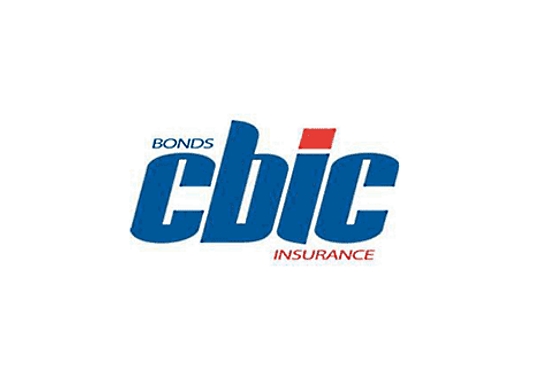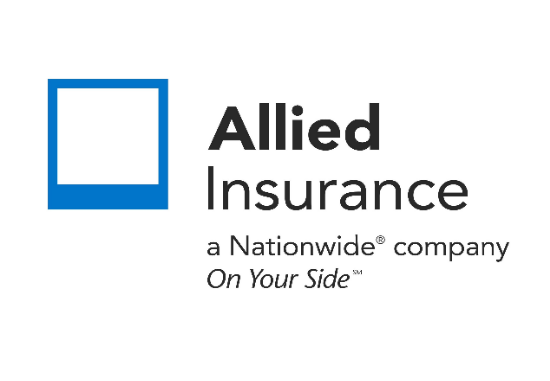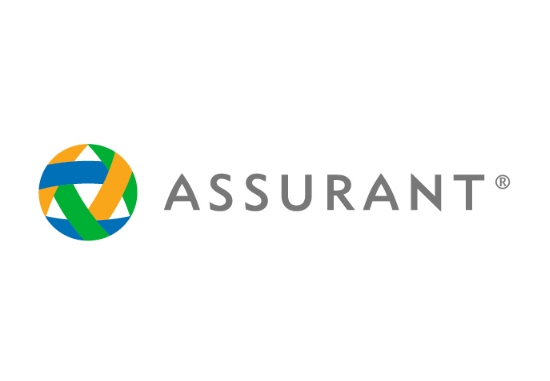What is an example of a product liability statement?
A product liability statement is a formal declaration by a company about the safety, quality, and liability related to its products. It typically outlines safety assurance, quality standards, recall procedures, compliance with laws, warnings, and how customers can reach the company. Here is a full example and guidance on crafting one that protects your business.
Key Points
A product liability statement helps set expectations with customers about product safety and handling defects.
Key components include safety assurance, quality control, warnings, recall procedures, legal disclaimers.
It builds trust, reduces legal exposure, and supports risk management.
Should be clearly visible—on packaging, your website, product documentation.
Must align with relevant laws and updated regularly.
If you’re running a business that makes or sells products, a well-written product liability statement does more than just offer reassurance—it can help in legal defenses, show responsibility, and reduce liability when defects or recalls happen.
Full Example of a Product Liability Statement
Here’s one example you can adapt for your business:
Product Liability Statement
At Acme Goods Inc., your safety is our priority. We maintain rigorous quality control with multi-stage testing to ensure all of our products meet or exceed industry safety standards. While we take every precaution, any product may in rare cases exhibit defects. If you have a concern, please contact our Customer Support team, provide your product batch number, and we will investigate promptly. If we determine a safety issue, we commit to swift recall, repair, or replacement. For proper use, follow all instructions and warnings provided. We are dedicated to complying with all applicable laws and safety regulations.
Disclaimer: Acme Goods Inc. will not be liable for damage caused by misuse, alteration, or failure to follow instructions. Our liability is limited to what is permitted under applicable law.
How to Craft an Effective Statement
To ensure your product liability statement serves its purpose, consider these guidelines:
Safety Assurance
Clearly state that product safety is a top priority. Indicate testing, inspections, and standards used.Quality Standards & Compliance
Specify the standards or certifications your products adhere to. Mention applicable regulatory bodies if relevant.Recall Procedures
Explain what you will do if a defect arises—communication channels, how customers should report, what remediation steps are.Warnings and Proper Use
Include warnings for non-obvious hazards. Give clear instructions. Make sure users know uses that are unsafe or not intended.Legal Disclaimers
Limit liability for misuse, alterations, or ignoring warnings. But ensure disclaimers are legal in your jurisdiction; overly broad ones may be invalid.Contact and Transparency
Include how customers can reach you—support channels. Showing openness builds credibility.Visibility and Accessibility
Place the statement where customers see it: product manuals, packaging, website. Easy to find and read.Regular Updates
Review whenever regulations, materials, designs, or processes change.
Why a Strong Statement Matters
Provides evidence of your proactive care if legal claims arise.
Helps reduce risk of lawsuits by setting clear instructions and limits.
Improves customer trust and brand reputation.
Supports insurance claims or defense when there is evidence you acted responsibly.
Frequently Asked Questions (FAQ)
What if the product liability statement conflicts with local laws?
You must ensure your statement does not violate mandatory regulations. Disclaimers that remove consumer rights or legal protections usually are invalid. Always tailor to your jurisdiction.
Is the disclaimer part always enforceable?
Not necessarily. Courts often limit disclaimers, especially if they attempt to exclude liability for negligence or willful misconduct. Clear, specific language helps; but legal advice is essential.
Where should I place the statement?
Best places include product packaging, instruction manuals, your website, and anywhere customers interact with product safety info. The more visible, the better.
Can a statement fully shield me from liability?
No. Statements help, but they don’t replace safety, warnings, proper design, or insurance. Also, definitions of liability differ by country, and strict liability or regulatory requirements may override statements.
How often should I revisit the statement?
Whenever something changes: product design, safety regulations, new feedback from customers, new warning obligations. At least annually if not more frequently for high-risk products.
Protecting your business involves more than having insurance—it includes setting expectations, showing responsibility, and communicating clearly with users. A well-written product liability statement is one key piece in your overall risk management.
Fill out the form below to get quotes for product liability insurance that take your product liability statement into account—ensuring your disclosures, warnings, and disclaimers are legally solid and backed by coverage.
Related Posts
Get a Right Insurance For You
SHARE THIS ARTICLE
We will compare quotes from trusted carriers for you and provide you with the best offer.
Protecting your future with us
Whatever your needs, give us a call, have you been told you can’t insure your risk, been turned down, or simply unhappy with your current insurance? Since 1995 we’ve been providing coverage to our customers, and helping people across United States.

